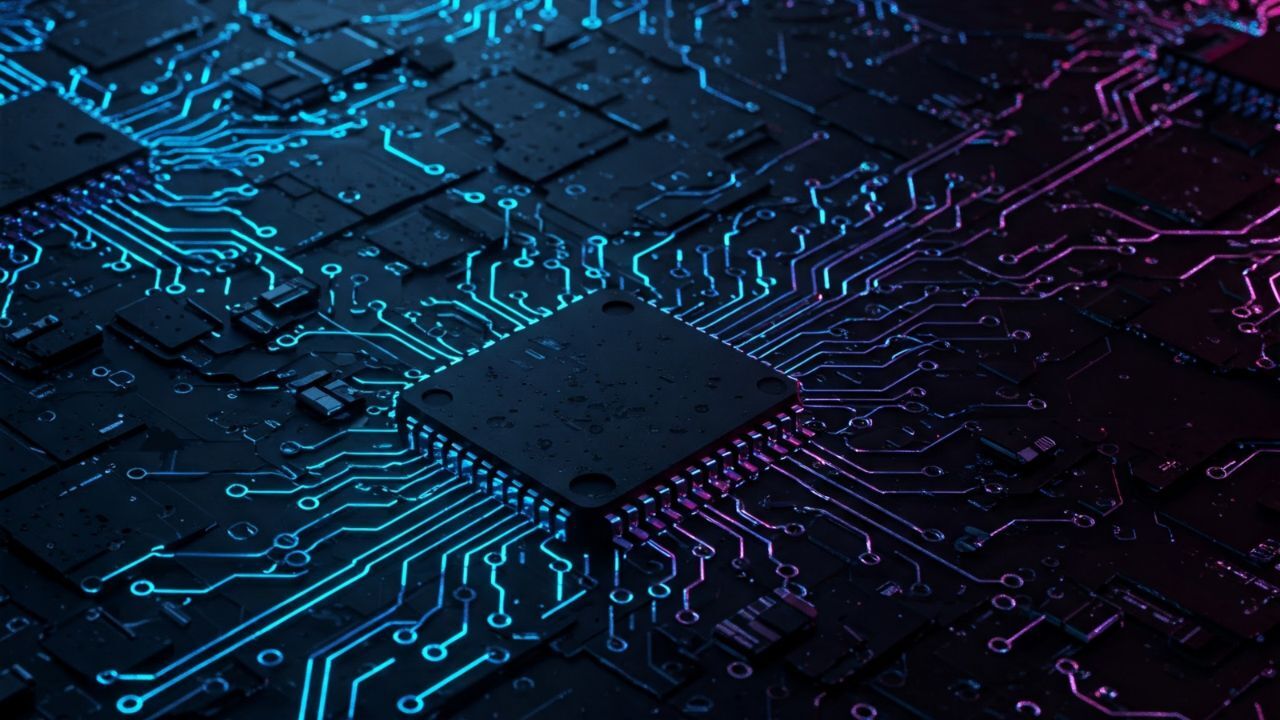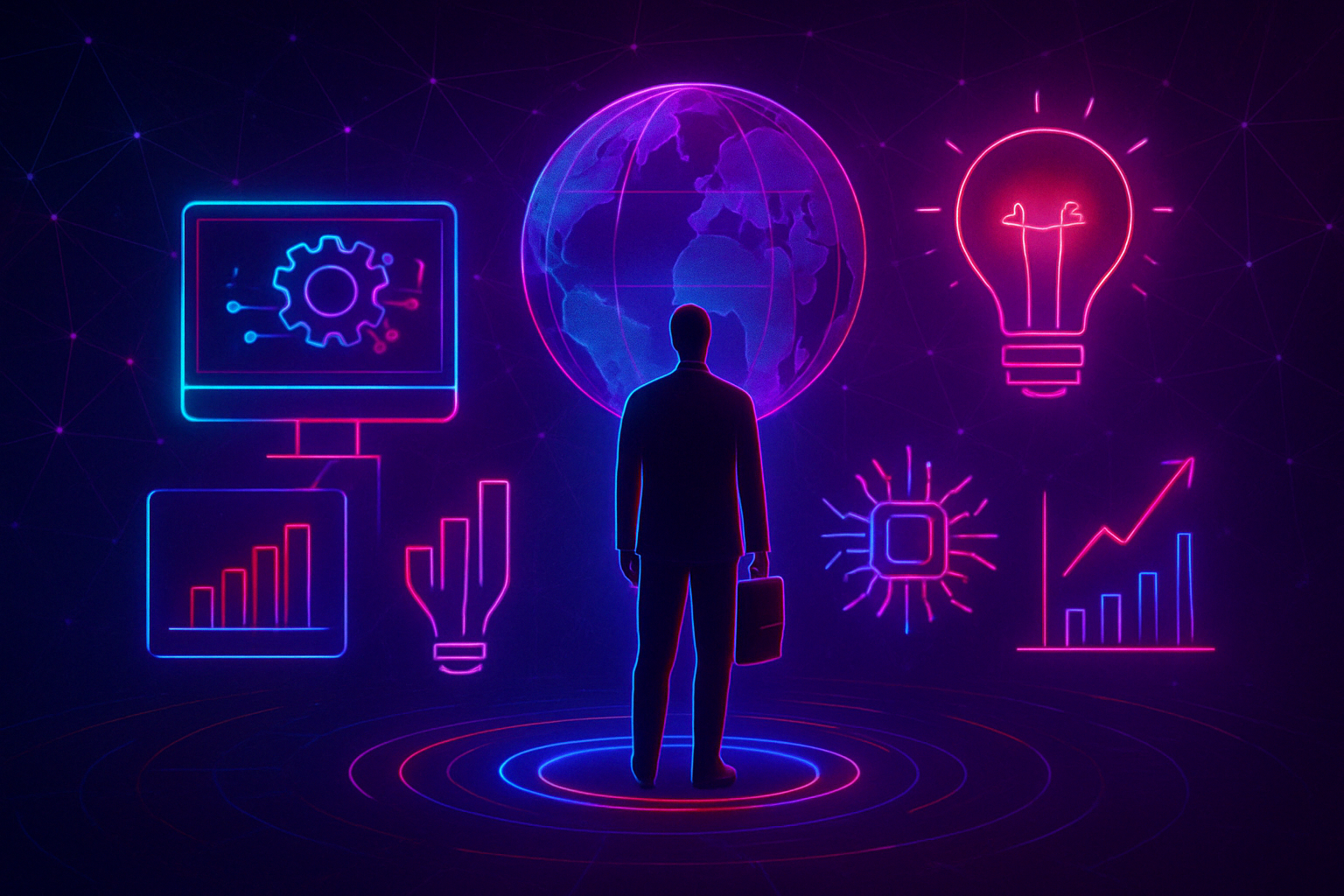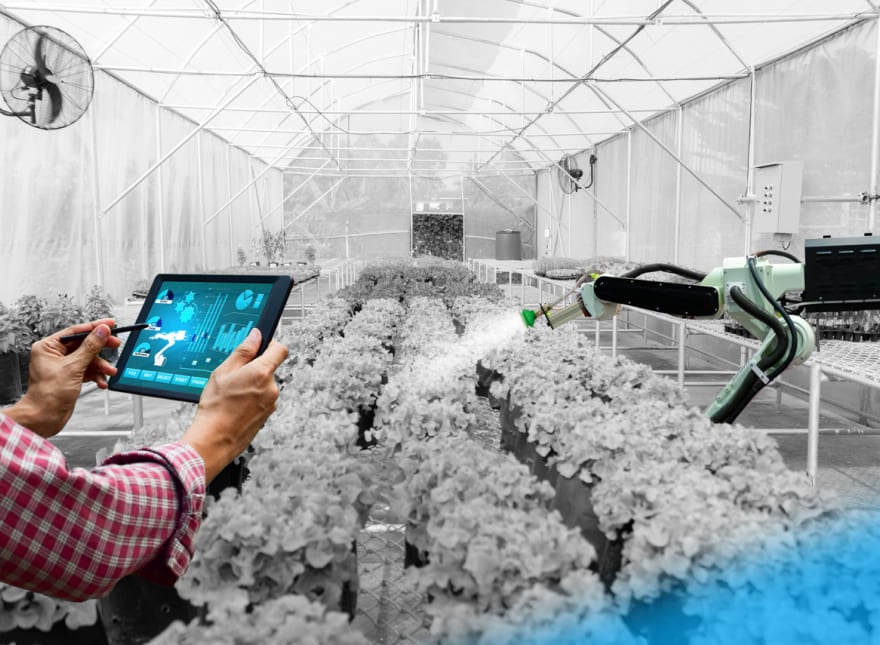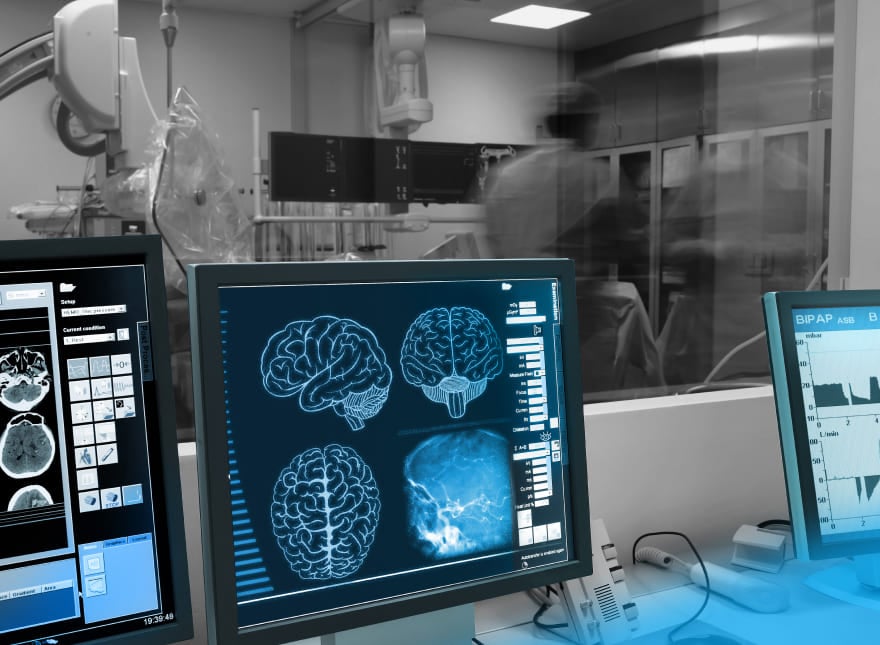Check out our latest blog article: From component to enterprise – modular robotics done right.
3 Examples of Disruptive Innovation in Healthcare
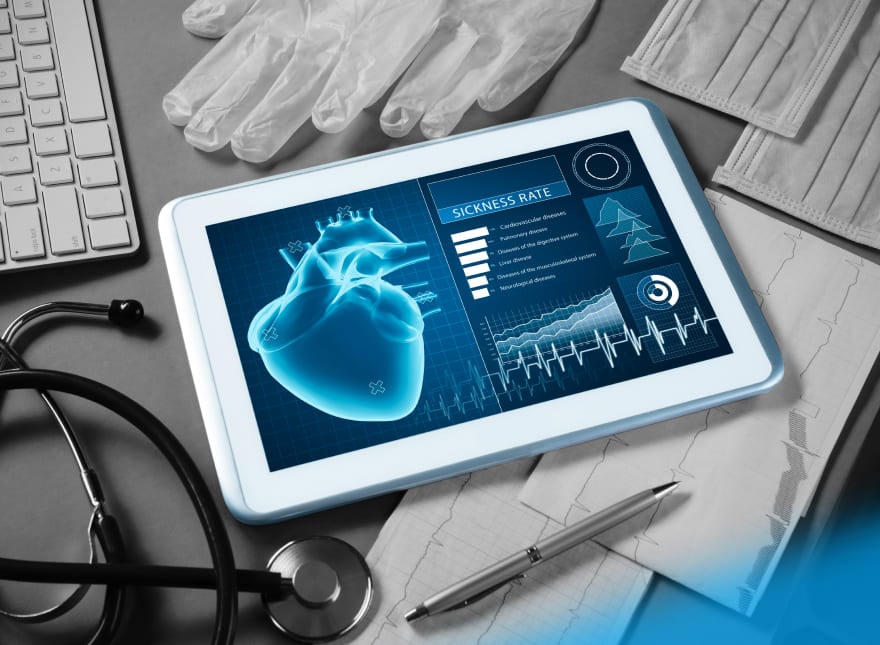
Healthcare got a big boost during the pandemic, and it’s mostly thanks to technology. As the industry embraced cutting-edge innovations, quality of care improved, resulting in happier patients and a healthier bottom line.
These disruptive innovations aren't just about fancy gadgets—they're helping healthcare businesses enhance services and save some serious cash.
Take IoT, for example. It's estimated that IoT could slash operational and clinical costs by a whopping $100 billion a year, and that's only the tip of the iceberg. Let's dive into three examples of game-changing technologies shaking up the healthcare industry.
Top 3 Healthcare Technologies
Artificial Intelligence (AI) for Big Data Analysis
By 2026, AI applications could save the industry $150 billion. How? By helping healthcare pros make more accurate diagnoses, treatments, and prevention plans.
AI is managing clinical workflows, reading medical images, and so much more. With the mountains of data being collected and piling up—like electronic health records, prescriptions, and research—AI provides a revolutionary solution. It can sift through the data, analyze it, and provide insights that help doctors make better decisions. And when it comes to spotting diseases early, AI stays one step ahead. It can pick up on signs that humans might miss, giving patients a better chance at overcoming tough illnesses.
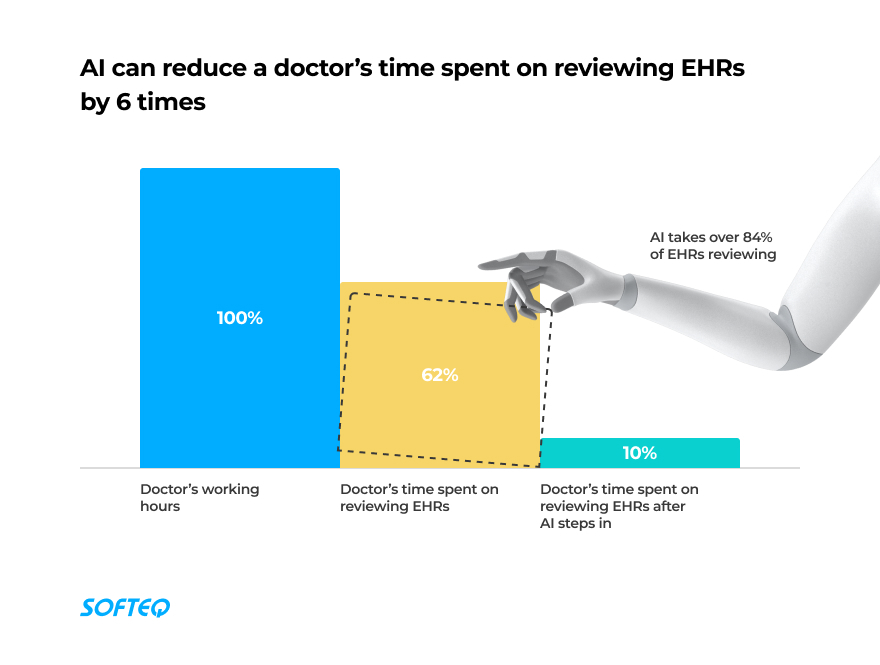
Real-Life Example: Breast Cancer Treatment
Swiss company Novartis teamed up with IBM Watson Health to tackle breast cancer. They cooked up a technique where AI crunches real-world data and simulates different treatment scenarios. This helped doctors pick the best therapies for their patients—and it paid off big time. Not only did doctors get fresh treatment options, but Novartis and IBM scored new revenue streams and expanded their client base.
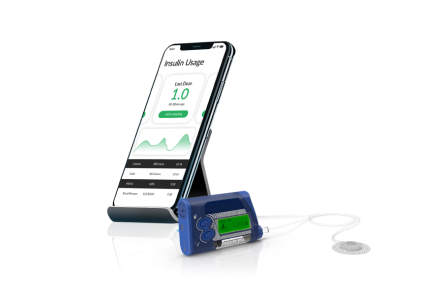
Telemedicine and Mobile Health (mHealth) for Remote Care
Telemedicine isn't just about video calls with your doctor—it's a game-changer for follow-ups, preventive care, and managing meds. Remote monitoring can keep patients healthier and save hospitals big bucks on readmissions. It also provides a cost-effective solution for patients as healthcare costs rise.
Then there's mHealth, which takes healthcare to your smartphone. It's making medical care more accessible, affordable, and engaging. It also played a crucial role in managing the COVID-19 pandemic, helping track the virus and keep people safe.
Real-Life Examples:
- Ohio Living Home Health and Hospice slashed hospital readmissions by hooking patients up with tablets and wearables for remote monitoring. The result? A lower readmission rate and hefty cost savings.
- Swedish startup Knodd created an app for new parents, offering personalized tips and video calls with healthcare pros. It is a hit with parents and scored big investments.
IoT to Trim Operational Costs
IoT's not just for smart homes—it's making waves in healthcare, too. This report by IDC suggests global spending on IoT will surpass $1 trillion in 2026. That means better, more personalized care for everyone.
From remote patient monitoring to automated workflows, IoT is tackling some big issues in healthcare.
How Iot Is Helping Solve Healthcare Issues
- Comply with regulations
- Cut down on medical errors
- Trim operational costs by keeping tabs on equipment and assets
Real-Life Example: Predictive Maintenance
Philips' e-Alert system keeps MRI machines running smoothly by predicting and preventing breakdowns. It's a win-win—it saves money, improves efficiency, and keeps patients scanning.
These disruptive technologies—AI, remote services, and IoT—are reshaping healthcare as we know it. Patients get better care, businesses save money, and everyone comes out a winner.
Looking to build a medical IoT solution? Let us help!
More articles on the topic
